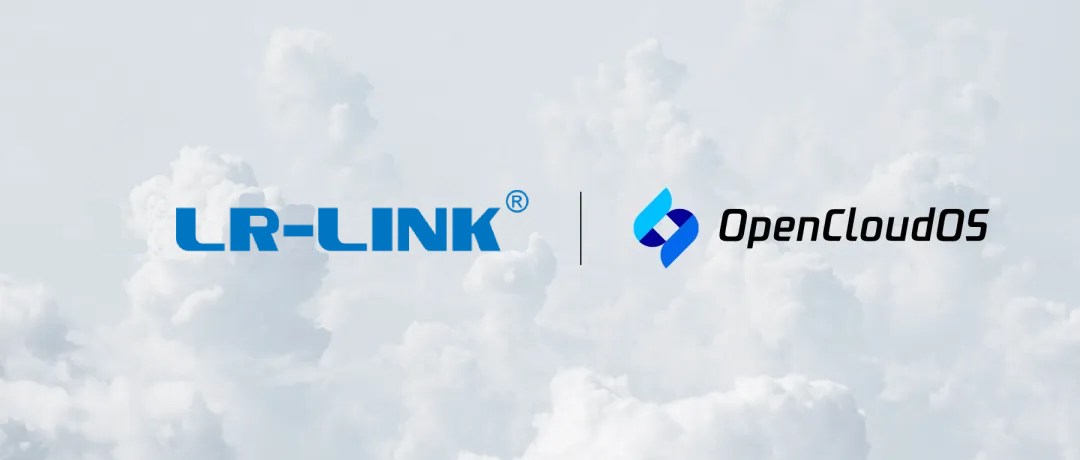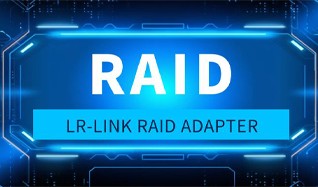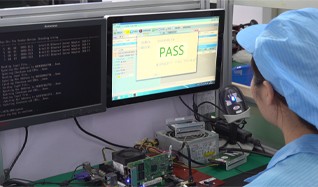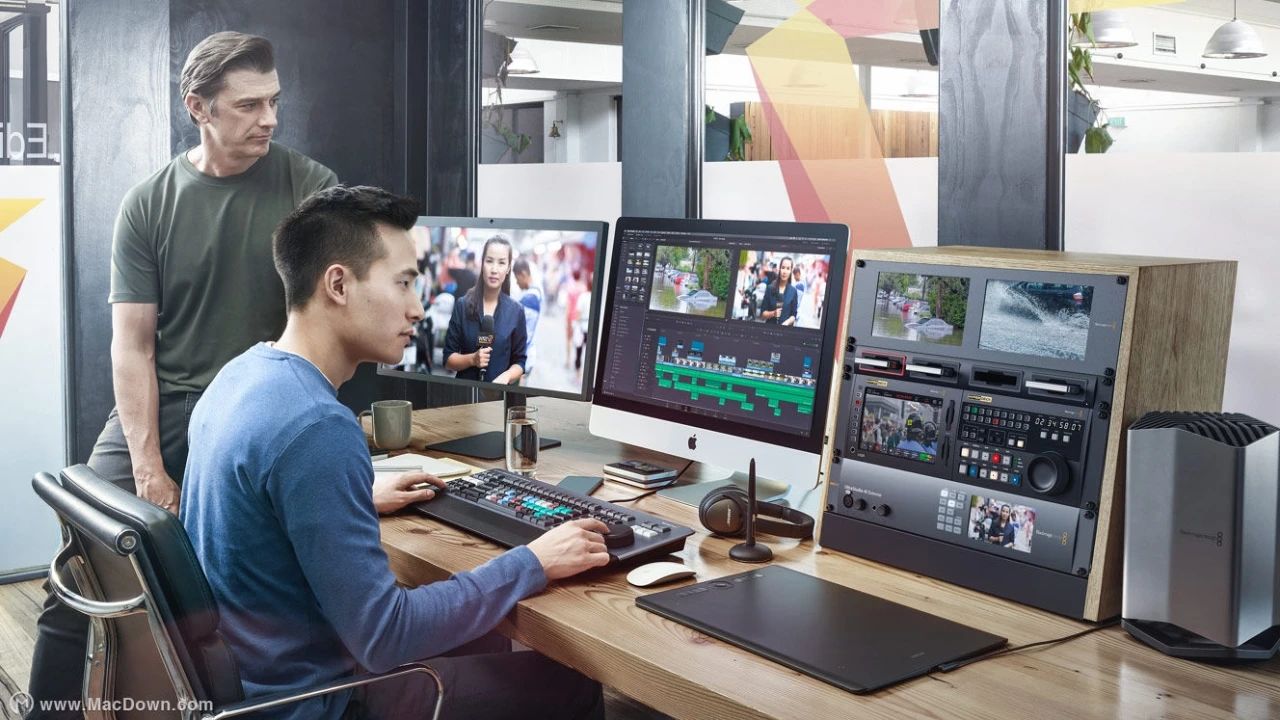





With the rapid development of digital media and the Internet, the demand for film and television production is growing rapidly and puts forward higher requirements for equipment configuration.
With the arrival of 4K/8K, the code flow (data traffic used per unit time) is getting higher and higher, and the capacity and storage requirements are also higher. Users often use one or several SGI graphics workstations and dozens of PC workstations to form a digital video network after considering the performance and price of the equipment. Since video editing production has the characteristics of large data storage, strong real-time performance and high security, the problem of slow access speed of storage devices can easily become a key performance bottleneck of the system.
Therefore, film and television production must meet the requirements of fast-continuous reading and writing performance of large amounts of data, a large amount of storage space, and high storage security performance that requires improving disk utilization, increasing disk access speed, and preventing data loss due to disk failure.
Generally speaking, the speed of an ordinary mechanical hard disk is 100-200MB/s, which cannot meet the needs of 4K/8K editing. Users either use solid-state drives or build arrays to improve performance at this time, but the speed of solid-state drives is far from meeting requirements. Therefore, disk arrays become the preferred solution. Using Lianrui RAID array cards to form a disk array can superimpose the speeds of several hard drives to double the reading and writing speed.
LR-LINK RAID array cards support RAID 0, RAID 1, RAID 10, JBOD and other RAID levels. Data is distributed on multiple hard drives to improve overall read and write performance and availability by using the RAID technology. Install the LR-LINK RAID array card in the motherboard of the graphics workstation, and you can create RAID in the BIOS. Users can flexibly configure the required RAID mode according to their needs.
▲RAID 0 mode superimposes disk reading and writing speed to achieve high-speed continuous reading and writing.
▲RAID 1 mode, mirroring backup storage of video data that provides fault tolerance. When one disk fails, the backup disk continues to operate and protects data from corruption or loss.
▲RAID 10 mode is a combination of RAID 1+RAID 0. It inherits the speed of RAID 0 and the security of RAID 1, provides high-speed read and write performance and fault tolerance, and secures video data.
▲JBOD mode, connects multiple physical disks in series to form a large logical disk to expand storage space.
LR-LINK has RAID array cards that support dual or four hard drive expansions. A single card can carry up to 16TB of high-speed NVMe RAID storage, providing nearly 7GB/s data reading bandwidth and 6GB/s writing bandwidth, which is ideal for film and television production work. It provides high-speed data access and reliable data storage to ensure the normal operation of business. It is an ideal RAID array card solution for graphics workstations.

